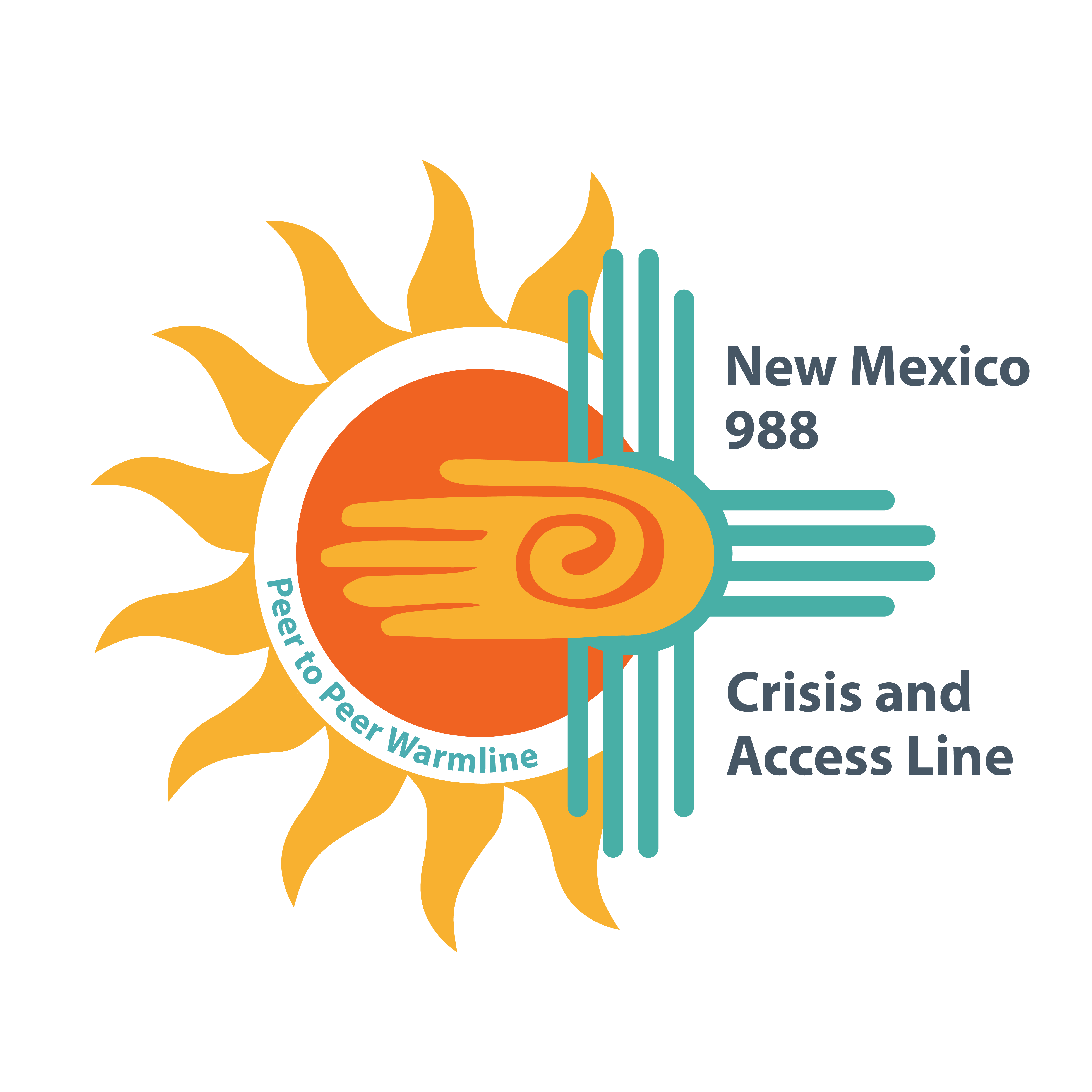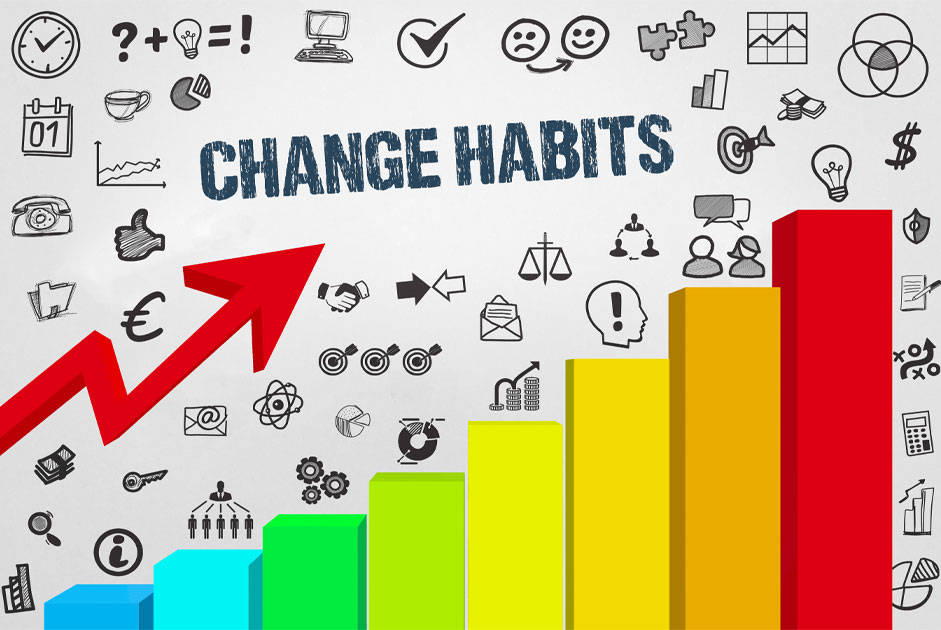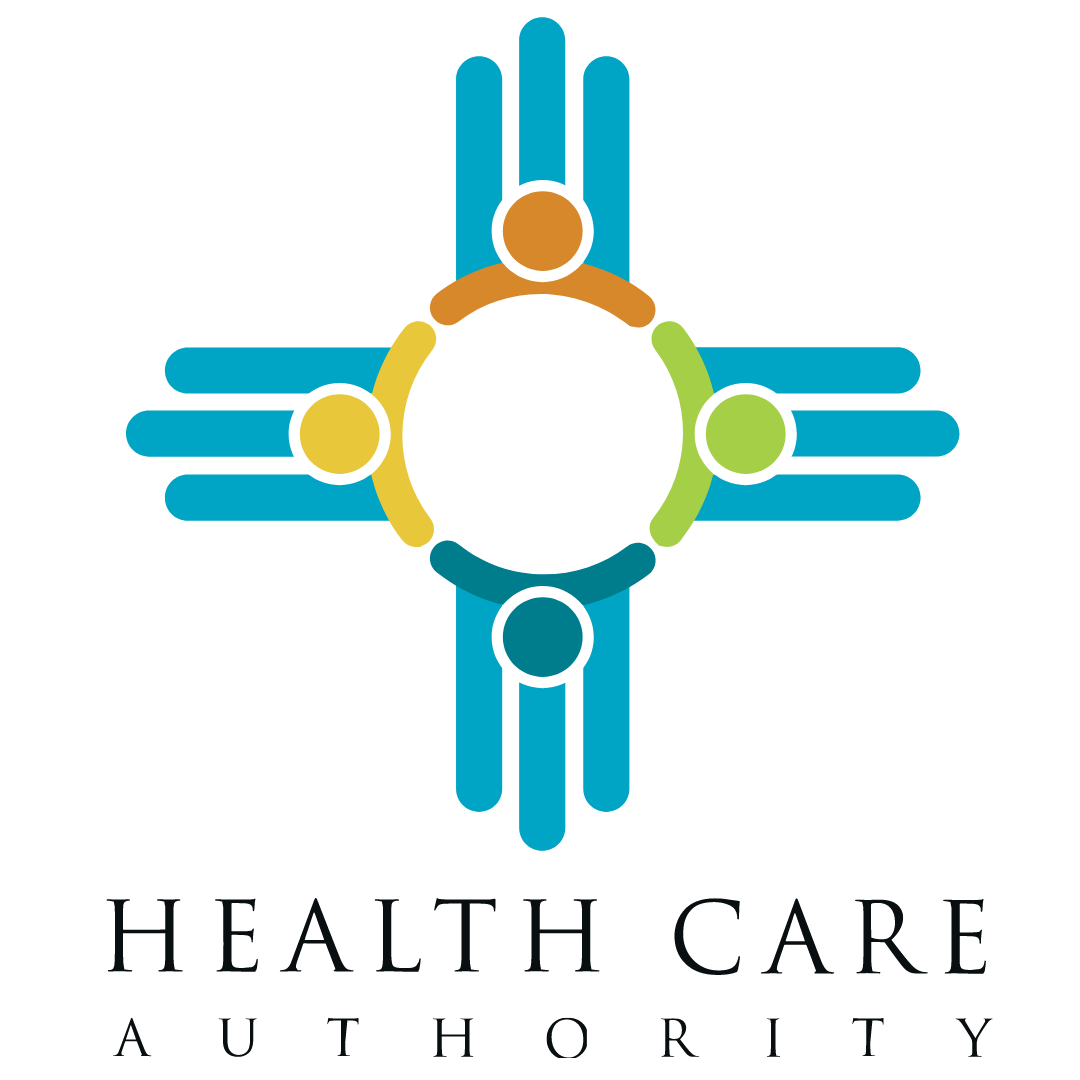Difficulty with attention, concentration, memory, impulsivity, hyperactivity, and social skills — these are among the signs of attention deficit hyperactivity disorder (ADHD), which affects millions of Americans. ADHD Awareness Month, sponsored by the Attention Deficit Disorder Association and observed each October, highlights the latest research and clinical studies with the goal of bringing more effective treatments. Its guiding principle is that life can be better for those with ADHD and for those who love or work with someone with ADHD.
While ADHD is one of the most common mental health disorders that affects children and youth, it affects adults as well. An estimated 8.4% of children and 2.5% of adults have an ADHD diagnosis. It is often first identified in school-aged children when it leads to disruption in the classroom or problems with schoolwork. It is more common among boys than girls.
Researchers are not sure what causes ADHD, although many studies suggest that genes play a large role. Like many other disorders, ADHD probably results from a combination of factors. In addition to genetics, researchers are looking at possible environmental factors that might raise the risk of developing ADHD and are studying how brain injuries, nutrition, and social environments might play a role in ADHD. Learn more about ADHD.
Although ADHD can’t be cured, it can be successfully managed and some symptoms may improve as a person ages. Information on ADHD is available through multiple resources:
- Parents can find resources on the Healthy Children website.
- An overview of ADHD helps us understand how to recognize the signs and symptoms, risk and protective factors, and treatment options.
- And, online resources such as Understood offer guides for those who learn and think differently to discover their potentials, take control of their lives, and stay on positive paths.










